Fix: Windows Mail App Not Syncing Automatically
Some users are reporting that the default Windows 10 Mail client is not syncing automatically. Oddly enough, the issue doesn’t seem to be specific to certain email providers and is known to occur with Gmail, Yahoo, AOL and even with company emails.
Even if the users set the client to Fetch new messages as they arrive and to Download messages from all time, Windows Mail doesn’t seem to fetch new emails automatically – even if manual synchronization works just fine. However, some users are also reporting that the manual synchronization is also busted. Other users are reporting encountering this problem with certain email providers.
If you are struggling with the same issue, the methods below will most likely help you fix the automatic synchronization of Windows Mail. Below you have a collection of methods that other users have used to resolve the issue. Please follow each potential fix in order until you come upon a method that resolves the problem in your particular situation.
Method 1: Updating the Windows Mail App
This particular issue typically is linked with an outdated Windows Mail app. Most users encountering this issue have managed to fix automatic email synchronization by updating the Windows Mail app from Microsoft Store.
Here’s a quick guide on updating Windows Mail from Microsoft Store:
- Open Microsoft Store via the Taskbar icon or by accessing the Start menu and searching for “store“.
- Click the menu icon (top-right corner) and then choose Downloads and Updates.
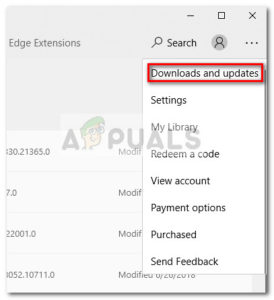
- Inside the Downloads and Updates section, click n Mail and Calendar and wait for the update to complete.
Note: Additionally, you can click on Get Updates and wait for your whole suite of apps to be updated. - Once the download is complete, press the Get button if the installation doesn’t commence automatically.

- Once the Windows Mail app is updated, close the Store and reboot your computer. At the next startup, see if the issue has been resolved and new emails received inside Windows Mail are synchronizing automatically.
If you’re still struggling with the same issue, move down to Method 2.
Method 2: Changing the Email Sync Frequency of the Windows Mail App
As some users have pointed out, this problem might not be caused by an application bug but rather a setting that might be preventing the program from syncing new emails.
Oddly enough, a lot of users have reported that the default syncing behavior (Based on usage) was the culprit responsible for not allowing the new emails to get through. Here’s a quick guide on modifying the syncing settings associated with your email account to eliminate this possibility:
- Open the Windows Mail app via the Taskbar or via the Start menu.
- In the Windows Mail app, go to Accounts in the left pane, right-click on the email that is refusing to sync and choose Account Settings.
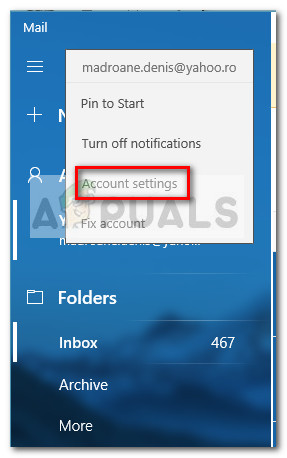
- In Account Settings, click on Change mailbox sync settings and make sure that the drop-down menu under Download new mail is set to Every 15 minutes. You can lower the frequency, but don’t set it to Manually or Based on my usage. Then, change the drop-down menu associated with Download email from to any time.
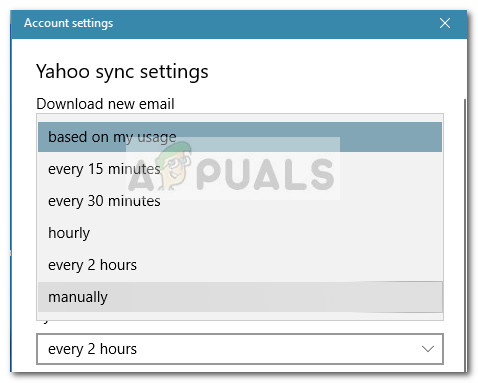
- Then, scroll down to Sync options and make sure that the toggle associated with Email is enabled and click on Done.
- Close Windows Mail and restart your computer. At the next startup, open Windows Mail again and see if the issue has been resolved.
If you’re still struggling with the same issue, continue with the next method below.
Method 3: Resetting the Firewall & Network protection settings
Some users have managed to identify the built-in firewall as the culprit that was causing the issue. As it turns out, one of the Windows updates installed through WU (Windows Update) might change a firewall setting preventing the default Mail app from working properly with Microsoft email accounts.
Some users have managed to resolve the issue by resetting the firewall & network protection settings. Here’s a quick guide on how to do this:
- Open a Run box by pressing Windows key + R. Then, type “ms-settings:windowsdefender” and press Enter to open the Windows Security tab of the Settings menu.
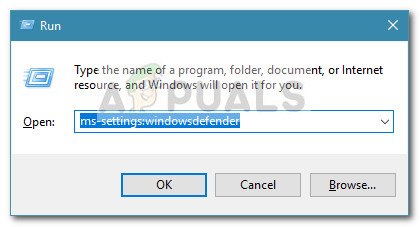
- Inside the Windows Security tab, click on Open Windows Defender Security Center.
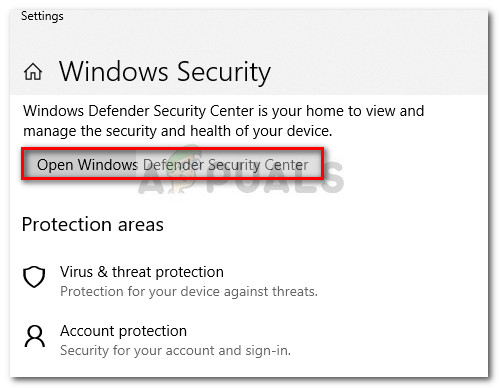
- Inside Windows Defender Security Center, click on Firewall & Network Protection.
- In the Firewall & Network Protection tab, scroll down and click on Restore firewalls to default.
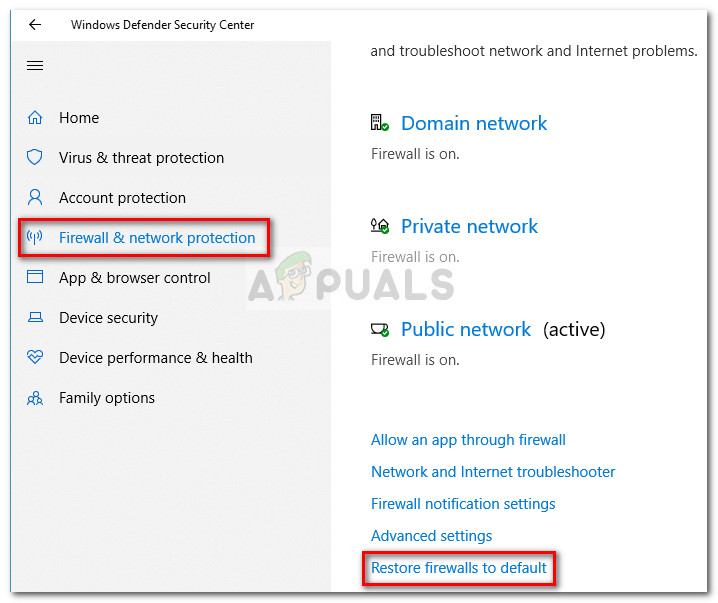
- Click the Restore Defaults button to confirm the action.
- Reboot your computer and see if Windows Mail is able to sync automatically at the next startup.
If Windows Mail is still unable to sync your emails automatically, continue with the next method below.
Method 4: Allowing the Mail app access to Calendar
Some users have managed to resolve the Mail synchronization issue after discovering that the Windows Mail app was denied access to the Calendar. Apparently, this setting might be altered by a Windows security update and will end up hindering the auto synchronization feature of Windows Mail.
Here’s a quick guide on making sure that the Windows Mail app is allowed access to the Calendar:
- Press Windows key + R to open up the Run box. Then, type “ms-settings:privacy-calendar” and hit Enter to open the Calendar tab of the Settings menu.

- In the Calendar menu, make sure that the toggle associated with Mail and Calendar is turned on.
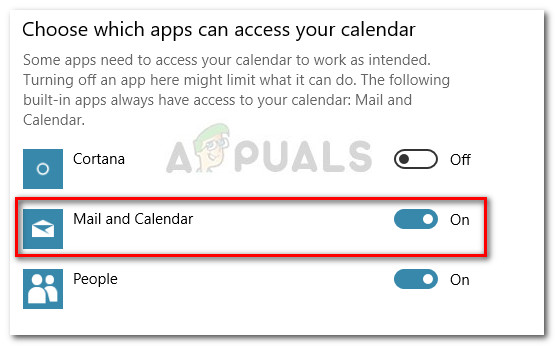
- Reboot your computer and see if the issue has been resolved at the next startup.





